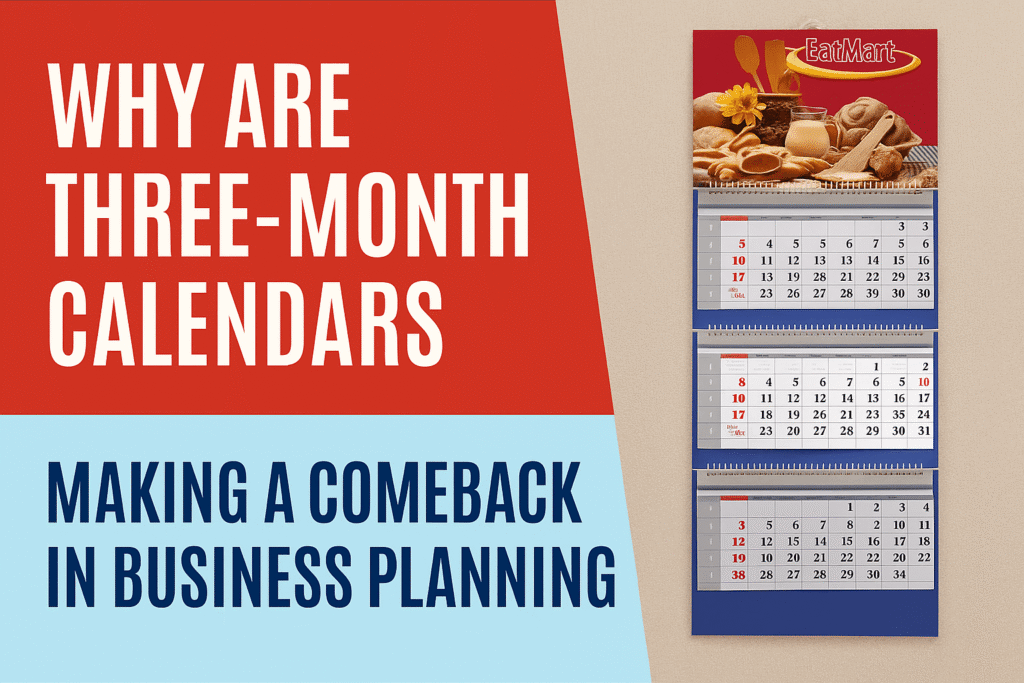In today’s fast-paced, digital world, it may be surprising that tools from the past like Three Month Calendars are seeing a significant comeback in corporate settings. But, increasingly companies are recognizing that these physical planning tools provide something that digital apps don’t offer — a precise visual representation of the time that can improve concentration on collaboration and efficiency. In the quest for better organizational systems and better goal management, the wall calendar is being used in the offices.
The Power of Visual Time Management
In contrast to digital calendars which typically conceal upcoming dates with clicking and swipes tangible three-month view gives you a quick overview of what’s coming. Business executives can see the entire quarter in one glance and see how tasks are in conflict, what deadlines come and go and the gaps that exist. This view from a panoramic perspective helps to make strategic plans, manage the workload, and alter schedules before problems arise.
This method also enhances team communication. When everyone sees the same timeline in a shared space conflicting schedules and misunderstandings are minimized. Employees are informed of upcoming events such as meetings, events, or campaigns without needing to continuously monitor their devices. It’s an easy but effective way to connect teams and keep momentum going across departments.
Bridging the Gap Between Digital and Physical Planning
Despite the ubiquity of scheduling applications however, many professionals are overwhelmed by the digital messages and overflowing inboxes. The revival of physical calendars is in part, a reaction to this exhaustion. Businesses are discovering how clear and focused they are when getting out of screens and connecting in a tangible experience.
Wall calendars provide an experience with tactile sensations that promote deliberate scheduling. Making lists of deadlines and goals in writing has been proven to increase memory and improve accountability. It’s slower however, it can help promote deliberate decision-making, which every company can profit from in a society obsessed with speed.
Flexibility for Quarterly Goals
Three-month planning is in tune with the way many companies organize their performance reviews and goals in the basis of quarterly. It lets decision makers stay focused on the short-term goals, while paying attention to the larger perspective. Managers can establish goals to be met for each quarter. They can keep track of progress in real-time and make swift adjustments in the event that targets go off track.
In the case of sales departments, marketing department and managers of operations the visibility of this information can be a game-changer. Being able to see the entire quarter in one go encourages accountability and ensure that each project is a part of the larger schedule of the company.
A Touch of Personalization and Branding
Alongside practicality the design aspect plays a significant aspect in this revival. Numerous companies now invest in personalized calendars that represent their brand’s identity and serve as effective planners.
The Timeless Value of Tangible Planning
In the end, the return of Canada Custom Calendars three-month calendar reveals an important fact: even in the digital world, people appreciate simplicity, clarity and a sense of connections. If it’s hung at the executive desk, or a collaborative workspace, our tangible calendar gives a sense structure that screens simply cannot replicate. It’s more than just keeping track of dates, it’s about making focus on collaboration, encouraging collaboration, as well as giving the time respect it deserves.
